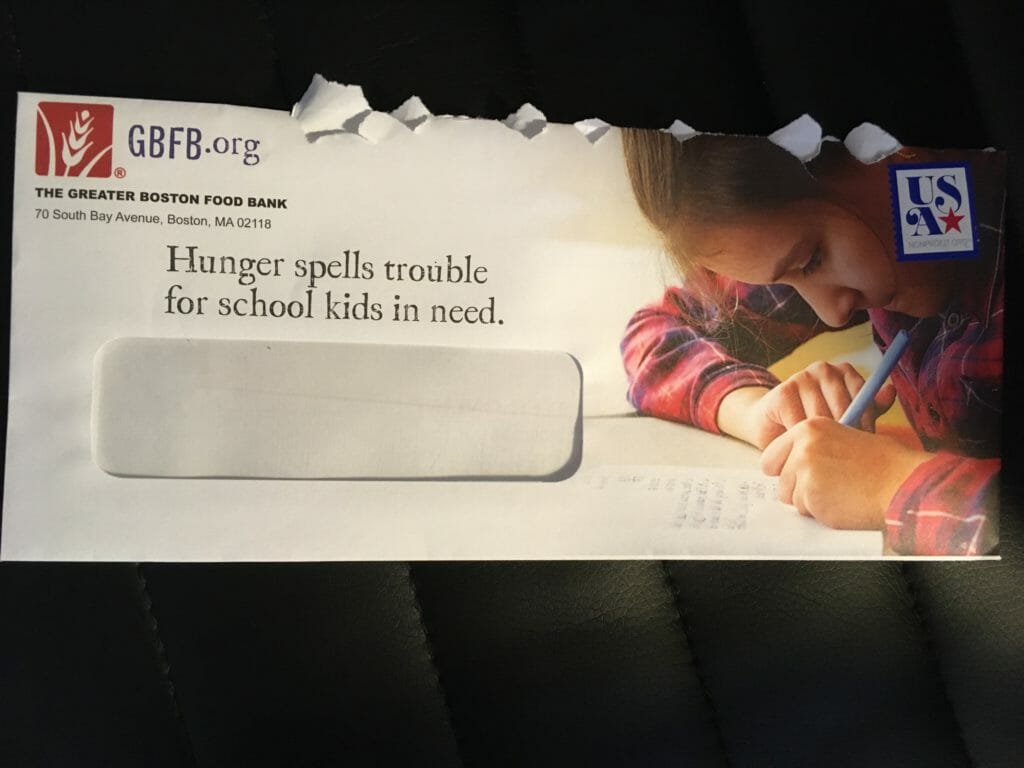 Are you thinking of giving up on fundraising by mail? Don’t.
Are you thinking of giving up on fundraising by mail? Don’t.
Direct mail is still the most productive way of asking for donations to your nonprofit organization. If you give up on direct mail, it’s like throwing money in the trash.
Sending a good fundraising appeal by mail beats asking for money by email, by text, or by social media. In fact, a lot of the time, when a generous donor gives to your organization online, they saw your appeal letter first!
Why wouldn’t you send your appeal by mail?
- “It costs too much.” Not when the return on your investment is so great! Those stamps and envelopes will more than pay for themselves when a larger number of donors send you a larger amount of money.
- “We don’t know how to write a good letter.” You can get all the advice you need to write the ideal appeal letter from this blog. Or, you can pay me to do it for you!
- “Our mailing list is out of date.” No time like the present to update it! And if your list is on a database or constituent relationship management system (CRM), the tool may check the National Change of Address database for you.
- “We don’t trust the post office.” In 2020, that is a real concern, but it’s all the more reason to send out your mail early.
The only real problem that might prevent you from using the mail is this: “We haven’t collected our supporters’ mailing addresses.” Now, there’s a problem, and one you can start to fix right away.
Ask yourself, What do we have to share, or what can we produce to share, that will be so valuable to the donors that they will be willing to give us their mailing addresses? Share on XIs it a fact sheet about the issue they care most about?
Is it a bumper sticker (design and printing donated by another of your supporters)?
Is it artwork by children in your program? Or free admission to an online program? Is it a gift certificate for a store that supports your mission and likes to make its support known, to reach potential customers?
Give the audience something that makes them glad to share their address. Then, send them a newsletter. Follow it up with an appeal letter, and follow that up by email, social media, and phone.
When they give, make sure you do more than send an auto-acknowledgment, more than an email welcome series.
Send them the ideal thank-you letter. In the mail.


